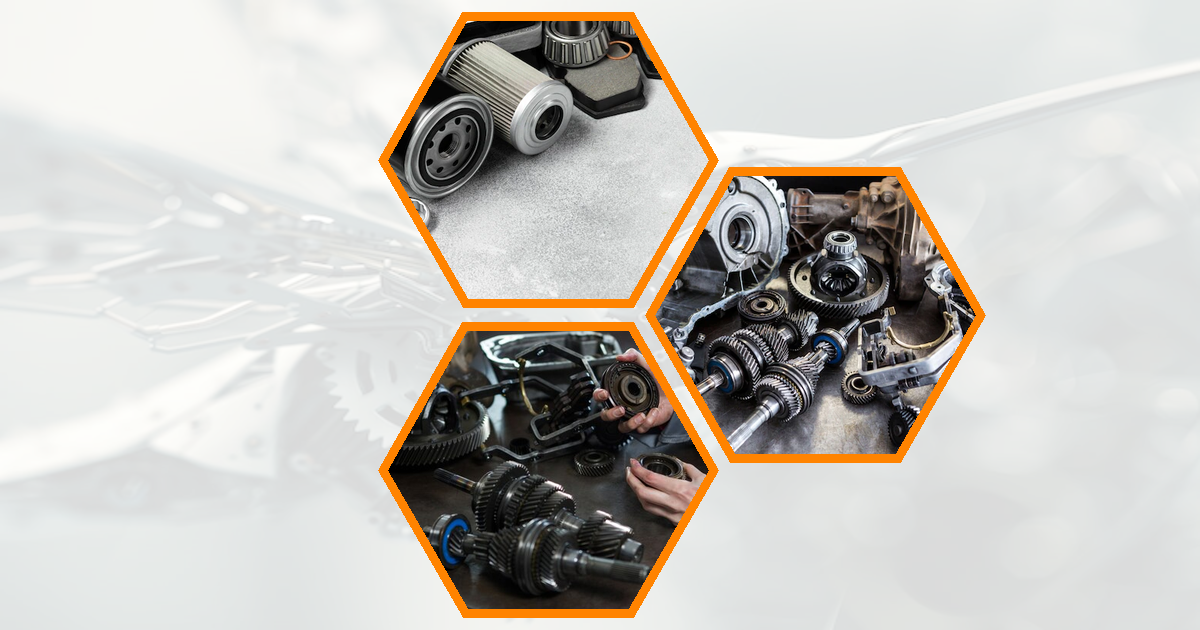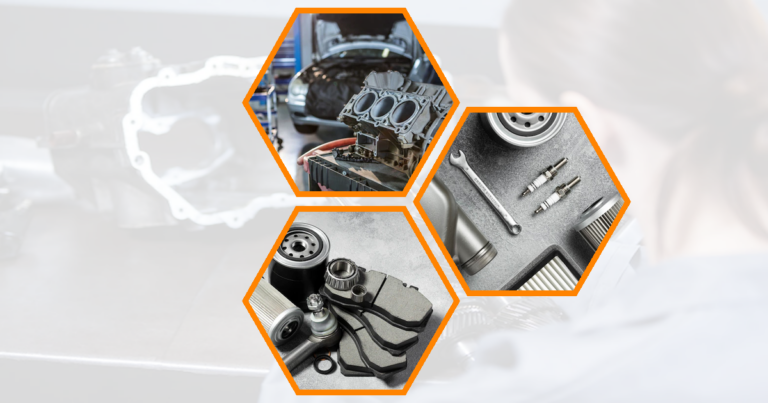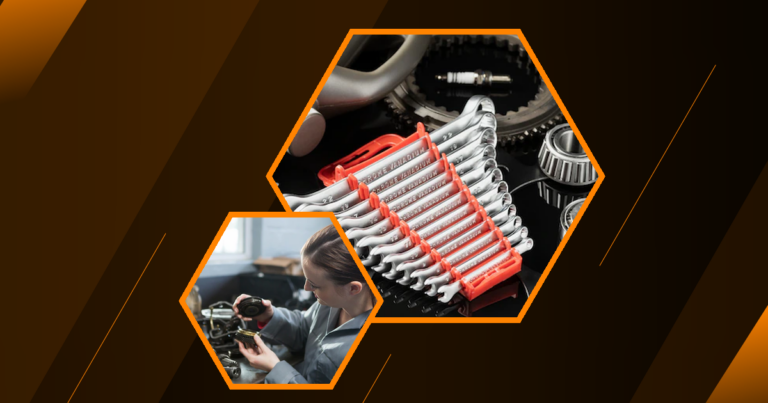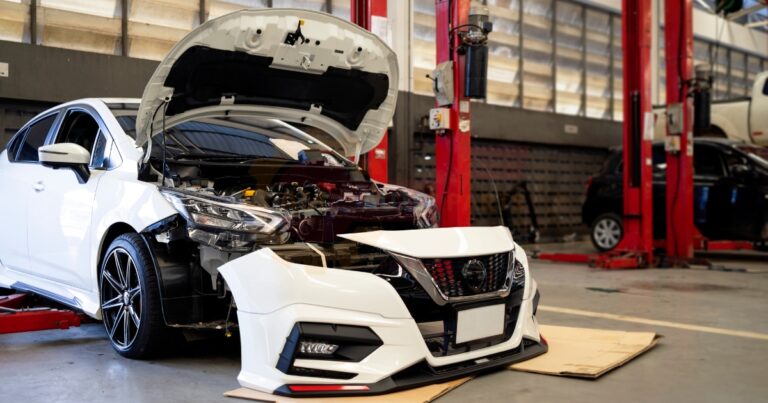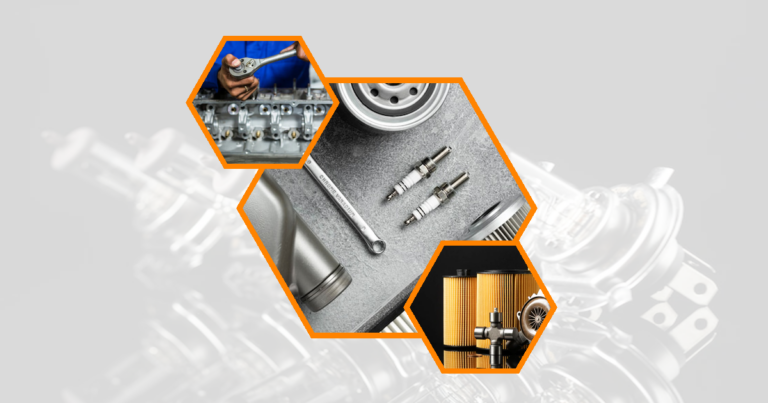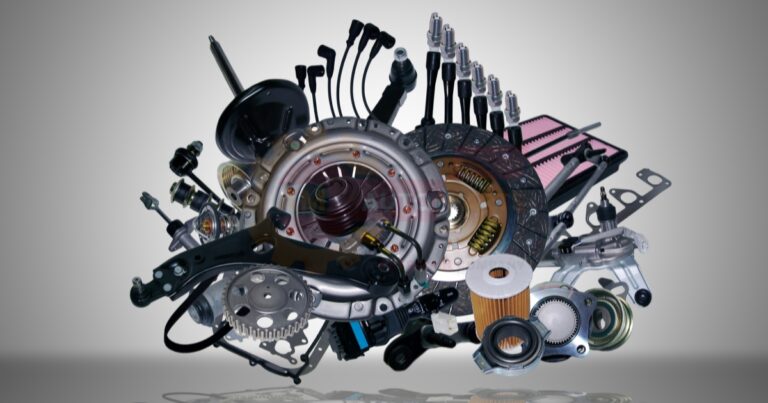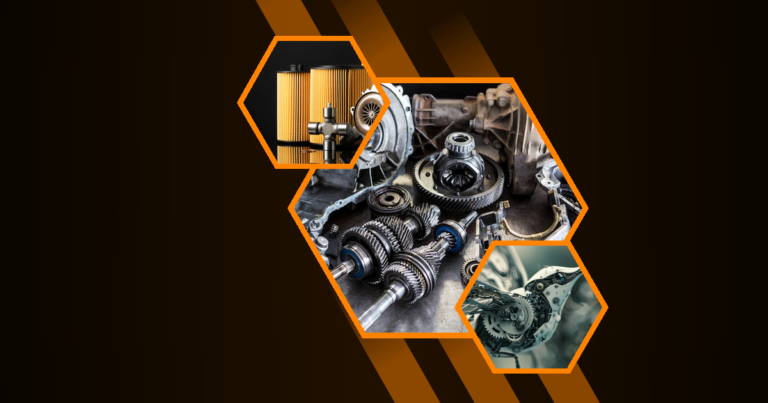When it comes to vehicle safety, understanding the differences between brake pads and brake shoes is crucial. These components play a vital role in ensuring your car stops effectively. In this guide, we’ll explore the distinctions, functions, and maintenance of brake pads and brake shoes, helping you make informed decisions for your vehicle.
What Are Brake Pads and Brake Shoes
Definition and Function of Brake Pads
Brake pads are essential components of a disc brake system. They are flat, friction-generating elements that press against the brake rotor to slow down or stop a vehicle. The primary function of brake pads is to convert kinetic energy into thermal energy through friction, effectively reducing the vehicle’s speed.
- Brake pads are typically made of materials like ceramic, organic, or semi-metallic compounds.
- They are designed to withstand high temperatures and provide consistent stopping power.
- Brake pads are commonly used in modern vehicles due to their efficiency and performance.
Definition and Function of Brake Shoes
Brake shoes, on the other hand, are integral to drum brake systems. They are curved pieces that press outward against a drum to create friction and slow the vehicle. Brake shoes are often found in older vehicles or on the rear wheels of some modern cars.
- Brake shoes are usually made from materials like organic or semi-metallic compounds.
- They are designed to provide reliable stopping power, especially in heavy-duty applications.
- Brake shoes are known for their durability and cost-effectiveness.
Materials Used in Brake Pads and Shoes
The materials used in brake pads and shoes significantly impact their performance and lifespan. Brake pads are often made from ceramic, organic, or semi-metallic materials, each offering unique benefits. Ceramic pads provide quiet operation and long life, while semi-metallic pads offer excellent heat dissipation and performance.
Brake shoes, typically made from organic or semi-metallic materials, are designed to withstand the rigors of drum brake systems. Organic materials offer quieter operation, while semi-metallic compounds provide enhanced durability.
Material Type | Brake Pads | Brake Shoes |
Ceramic | Quiet, long-lasting | Not commonly used |
Organic | Quieter, less durable | Quieter, less durable |
Semi-metallic | Excellent heat dissipation | Enhanced durability |
How Do Brake Pads and Brake Shoes Work
Disc Brake System Operation
In a disc brake system, brake pads are crucial. When the brake pedal is pressed, hydraulic fluid forces the brake caliper to squeeze the brake pads against the rotor. This action creates friction, slowing down the wheel’s rotation and ultimately stopping the vehicle.
- Disc brakes are known for their superior stopping power and heat dissipation.
- They are commonly used in high-performance and modern vehicles.
- The design allows for better performance in wet conditions.
Drum Brake System Operation
Drum brake systems rely on brake shoes to function. When the brake pedal is engaged, hydraulic pressure pushes the brake shoes outward against the drum’s inner surface. This contact generates friction, slowing the wheel’s rotation and stopping the vehicle.
- Drum brakes are often used in older vehicles and on rear wheels.
- They are cost-effective and provide reliable performance.
- Drum brakes are less effective in dissipating heat compared to disc brakes.
Friction and Heat Dissipation
Friction is the key to stopping a vehicle, and both brake pads and shoes generate it. However, the way they dissipate heat differs. Brake pads, used in disc systems, have better heat dissipation due to their open design. This makes them more effective in high-performance applications.
Brake shoes, used in drum systems, have limited heat dissipation capabilities. This can lead to brake fade in extreme conditions, making them less suitable for high-performance vehicles.
- Brake pads offer superior heat dissipation.
- Brake shoes may experience brake fade under heavy use.
- Proper maintenance can mitigate heat-related issues.
Key Differences Between Brake Pads and Brake Shoes
Vehicle Application
Brake pads and shoes are used in different types of vehicles and braking systems. Brake pads are commonly found in modern cars with disc brake systems, while brake shoes are often used in older vehicles or on the rear wheels of some cars.
- Brake pads are ideal for high-performance and modern vehicles.
- Brake shoes are suitable for older vehicles and heavy-duty applications.
- The choice depends on the vehicle’s design and intended use.
Stopping Power and Performance
When it comes to stopping power, brake pads generally outperform brake shoes. Disc brake systems, which use brake pads, provide more consistent and reliable stopping power, especially in wet conditions. Brake shoes, while effective, may not offer the same level of performance.
- Brake pads offer superior stopping power.
- Brake shoes provide reliable performance but may lack consistency.
- Performance varies based on the braking system and materials used.
Durability and Lifespan
The durability and lifespan of brake pads and shoes depend on several factors, including materials and driving conditions. Brake pads, especially ceramic ones, tend to last longer and require less frequent replacement. Brake shoes, while durable, may wear out faster under heavy use.
- Ceramic brake pads offer long-lasting performance.
- Brake shoes are durable but may require more frequent replacement.
- Regular maintenance can extend the lifespan of both components.
Maintenance Requirements
Maintenance is crucial for both brake pads and shoes to ensure optimal performance. Brake pads require regular inspection and replacement when worn. Brake shoes also need periodic checks, especially in drum brake systems, to prevent issues like brake fade.
- Regular inspection and replacement are essential for brake pads.
- Brake shoes require periodic checks to prevent brake fade.
- Proper maintenance ensures safety and performance.
Advantages and Disadvantages of Brake Pads
Pros of Brake Pads
Brake pads offer several advantages, making them a popular choice for modern vehicles. They provide superior stopping power, especially in wet conditions, and have excellent heat dissipation capabilities. Ceramic brake pads, in particular, offer quiet operation and long-lasting performance.
- Superior stopping power and performance.
- Excellent heat dissipation.
- Quiet operation with ceramic pads.
Cons of Brake Pads
Despite their advantages, brake pads have some drawbacks. They can be more expensive than brake shoes, especially ceramic ones. Additionally, they may produce more brake dust, requiring regular cleaning to maintain performance.
- Higher cost compared to brake shoes.
- Potential for increased brake dust.
- Regular cleaning may be necessary.
Advantages and Disadvantages of Brake Shoes
Pros of Brake Shoes
Brake shoes are known for their cost-effectiveness and reliability. They are often used in heavy-duty applications and provide consistent performance. Brake shoes are also easier to replace in drum brake systems, making maintenance more straightforward.
- Cost-effective and reliable.
- Suitable for heavy-duty applications.
- Easier replacement in drum systems.
Cons of Brake Shoes
However, brake shoes have limitations. They may not offer the same level of stopping power as brake pads, especially in wet conditions. Additionally, they have limited heat dissipation capabilities, which can lead to brake fade under heavy use.
- Limited stopping power compared to brake pads.
- Less effective in wet conditions.
- Potential for brake fade under heavy use.
When to Replace Brake Pads and Brake Shoes
Signs of Wear for Brake Pads
Recognizing the signs of wear in brake pads is crucial for vehicle safety. Common indicators include squeaking or squealing noises, reduced braking performance, and a vibrating brake pedal. If you notice any of these signs, it’s time to inspect and potentially replace your brake pads.
- Squeaking or squealing noises.
- Reduced braking performance.
- Vibrating brake pedal.
Signs of Wear for Brake Shoes
Brake shoes also exhibit signs of wear that should not be ignored. These include a spongy brake pedal, longer stopping distances, and unusual noises when braking. Regular inspection can help identify these issues early and prevent further damage.
- Spongy brake pedal.
- Longer stopping distances.
- Unusual noises when braking.
Recommended Replacement Intervals
The recommended replacement intervals for brake pads and shoes vary based on driving conditions and materials. Generally, brake pads should be replaced every 30,000 to 70,000 miles, while brake shoes may last between 20,000 to 50,000 miles. Regular inspections can help determine the right time for replacement.
- Brake pads: 30,000 to 70,000 miles.
- Brake shoes: 20,000 to 50,000 miles.
- Regular inspections ensure timely replacement.
Brake Pad and Brake Shoe Maintenance Tips
Regular Inspection
Regular inspection is essential for maintaining brake pads and shoes. Check for signs of wear, such as thinning pads or shoes, and inspect the brake system for leaks or damage. Early detection can prevent costly repairs and ensure safety.
- Check for signs of wear and thinning.
- Inspect the brake system for leaks or damage.
- Early detection prevents costly repairs.
Proper Cleaning
Proper cleaning is crucial for maintaining brake performance. Brake pads and shoes can accumulate dust and debris, affecting their efficiency. Regular cleaning with appropriate brake cleaners can help maintain optimal performance.
- Remove dust and debris regularly.
- Use appropriate brake cleaners.
- Maintain optimal performance through cleaning.
Avoiding Overheating
Overheating can lead to brake fade and reduced performance. To avoid this, avoid excessive braking and allow brakes to cool between heavy uses. Proper driving habits can extend the lifespan of brake pads and shoes.
- Avoid excessive braking.
- Allow brakes to cool between uses.
- Proper driving habits extend lifespan.
Choosing the Right Brake Components for Your Vehicle
Factors to Consider
When choosing brake components, consider factors like vehicle type, driving conditions, and performance needs. Brake pads are ideal for high-performance vehicles, while brake shoes are suitable for heavy-duty applications.
- Vehicle type and design.
- Driving conditions and performance needs.
- Compatibility with existing systems.
OEM vs Aftermarket Options
Choosing between OEM and aftermarket brake components depends on your preferences and budget. OEM parts offer guaranteed compatibility, while aftermarket options may provide cost savings and performance upgrades.
- OEM parts ensure compatibility.
- Aftermarket options offer cost savings.
- Consider performance upgrades with aftermarket parts.
Performance Upgrades
For those seeking enhanced performance, consider performance upgrades for brake pads and shoes. High-performance pads and shoes offer improved stopping power and heat dissipation, ideal for demanding driving conditions.
- High-performance pads offer improved stopping power.
- Enhanced heat dissipation for demanding conditions.
- Ideal for performance-oriented drivers.
The Future of Braking Technology
Emerging Trends in Brake Design
The future of braking technology is evolving with emerging trends in brake design. Innovations like regenerative braking and advanced materials are enhancing performance and efficiency. These trends are shaping the future of vehicle safety.
- Regenerative braking for improved efficiency.
- Advanced materials for enhanced performance.
- Innovations shaping vehicle safety.
Electric and Hybrid Vehicle Braking Systems
Electric and hybrid vehicles are driving advancements in braking systems. These vehicles often use regenerative braking to recover energy, reducing wear on traditional brake components. This technology is paving the way for more sustainable and efficient braking solutions.
- Regenerative braking in electric vehicles.
- Reduced wear on traditional components.
- Sustainable and efficient braking solutions.
In conclusion, understanding the differences between brake pads and brake shoes is essential for vehicle safety and performance. By considering factors like vehicle type, driving conditions, and maintenance needs, you can make informed decisions about your braking system. As technology advances, the future of braking promises even greater innovations and improvements.
FAQ’s
Are brake pads and brake shoes the same thing?
Brake pads and brake shoes are not the same thing. Brake pads are used in disc brake systems, while brake shoes are used in drum brake systems. Each serves a unique function in the braking process.
What are the different types of brakes on cars?
Cars typically use two main types of brakes: disc brakes and drum brakes. Disc brakes use brake pads to create friction, while drum brakes use brake shoes. Each type has its own advantages and applications.
How do braking systems work?
Braking systems work by converting kinetic energy into thermal energy through friction. In disc brakes, brake pads press against a rotor, while in drum brakes, brake shoes press against a drum. This friction slows down the vehicle.
What are the benefits of brake pad and brake shoe replacement?
Replacing brake pads and shoes ensures optimal braking performance and safety. New components provide better stopping power and reduce the risk of brake failure. Regular replacement is essential for vehicle safety.
